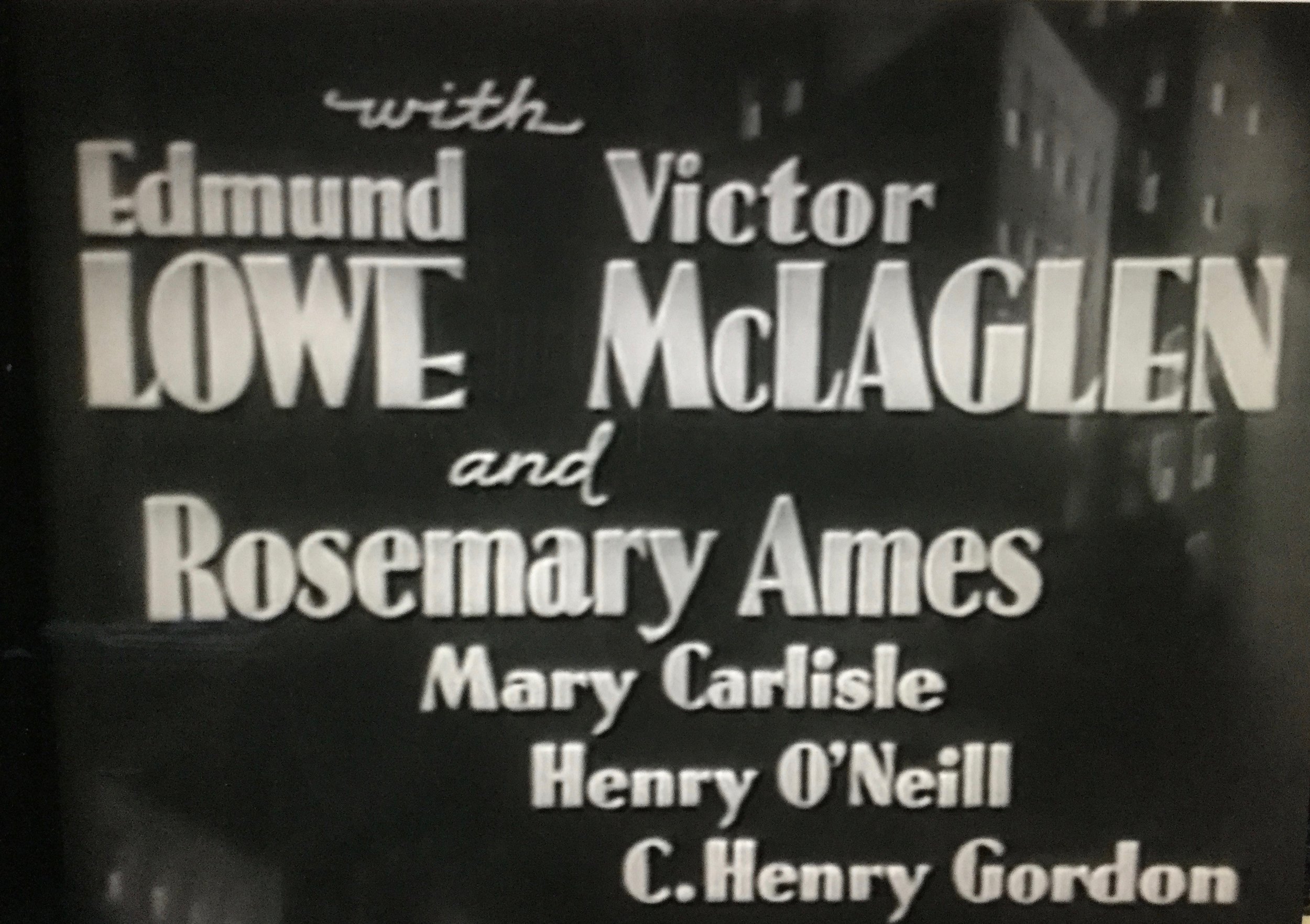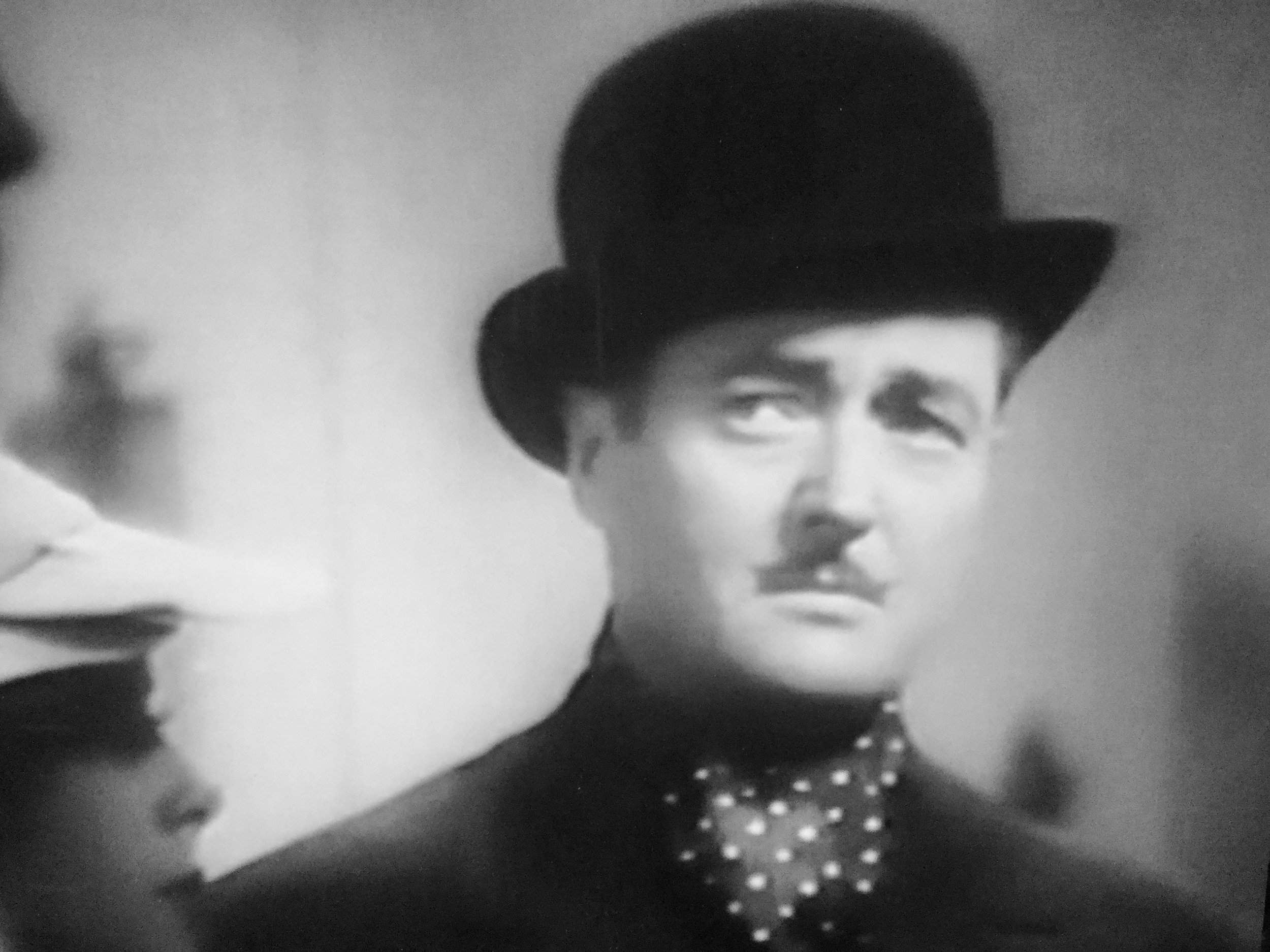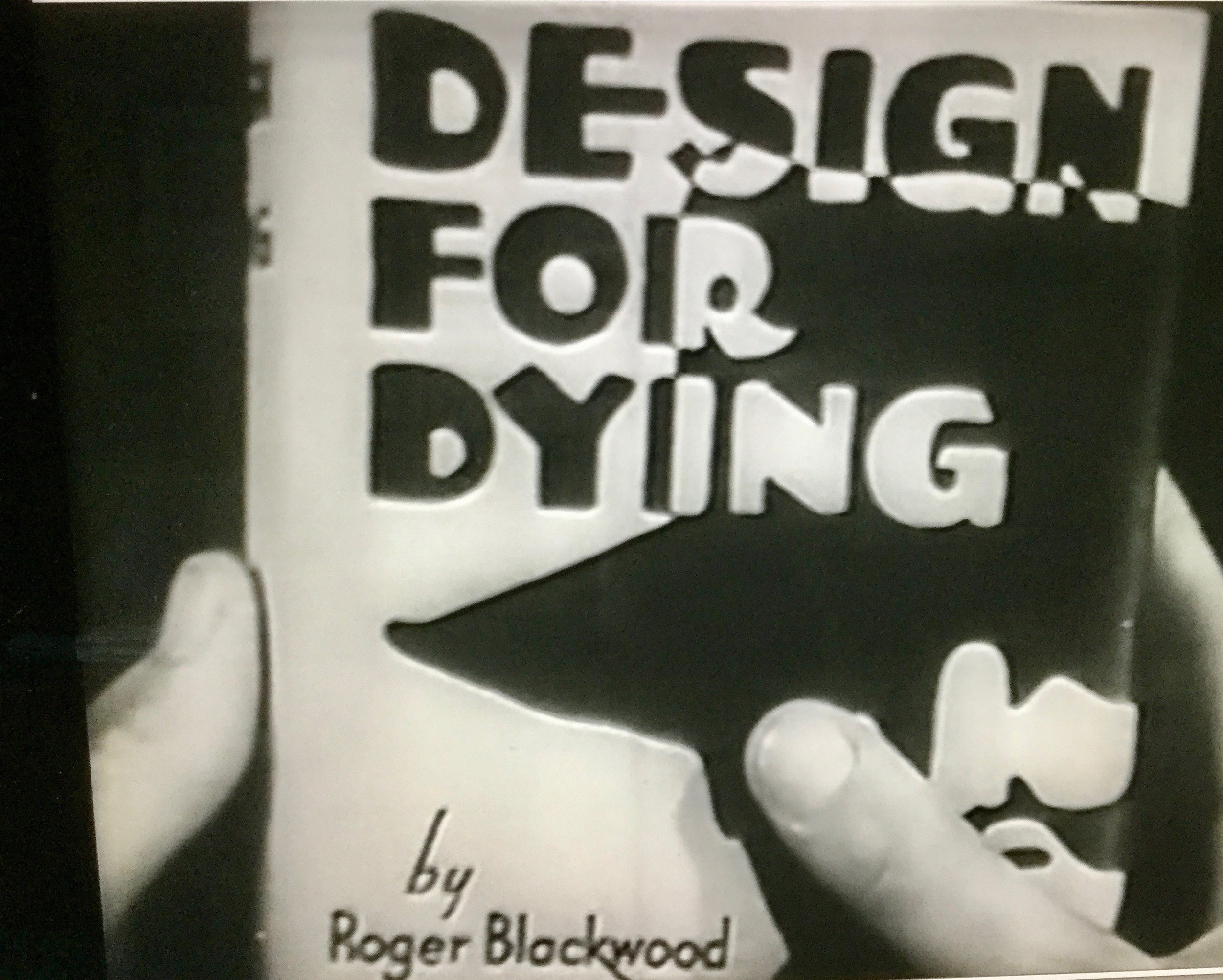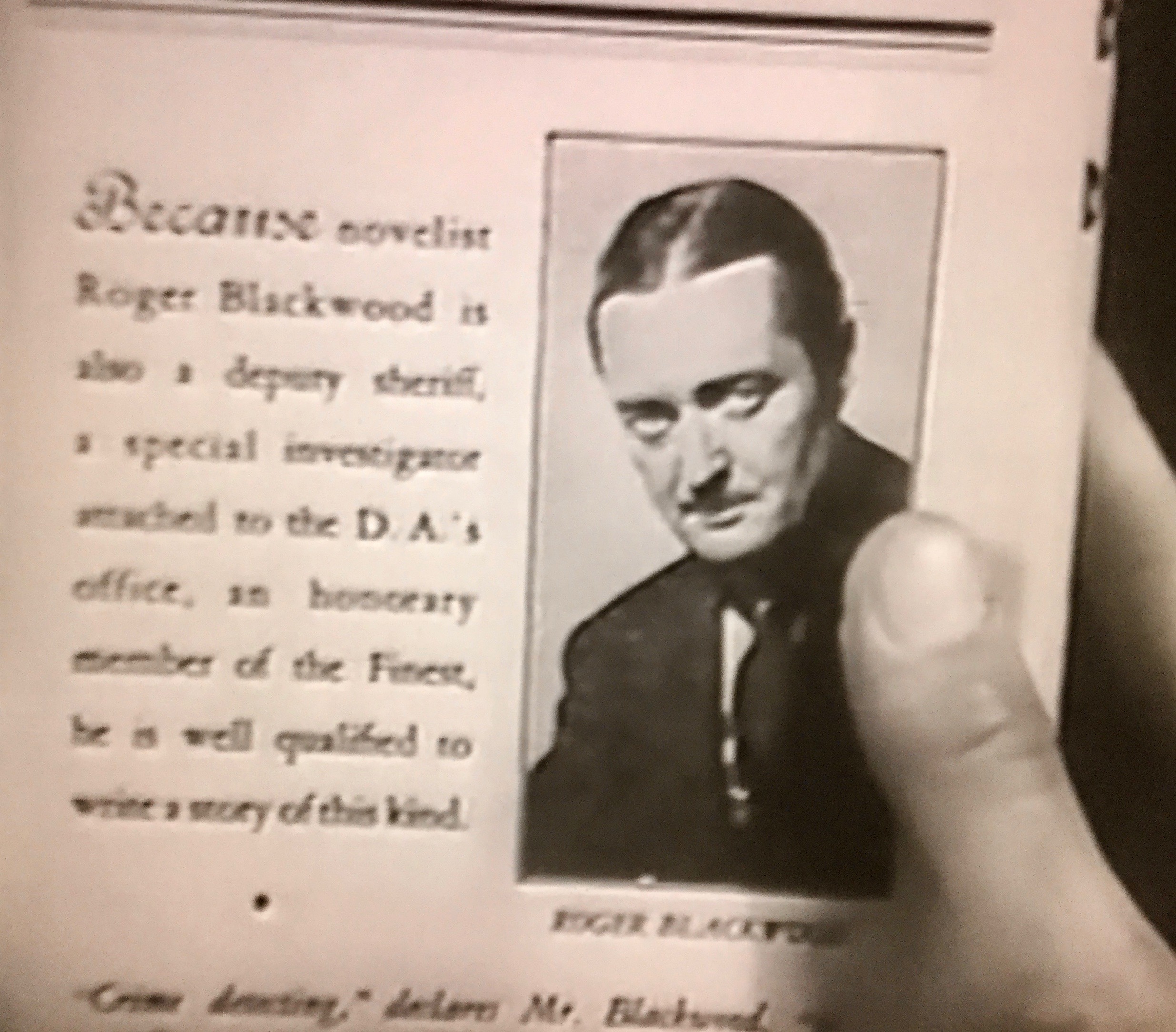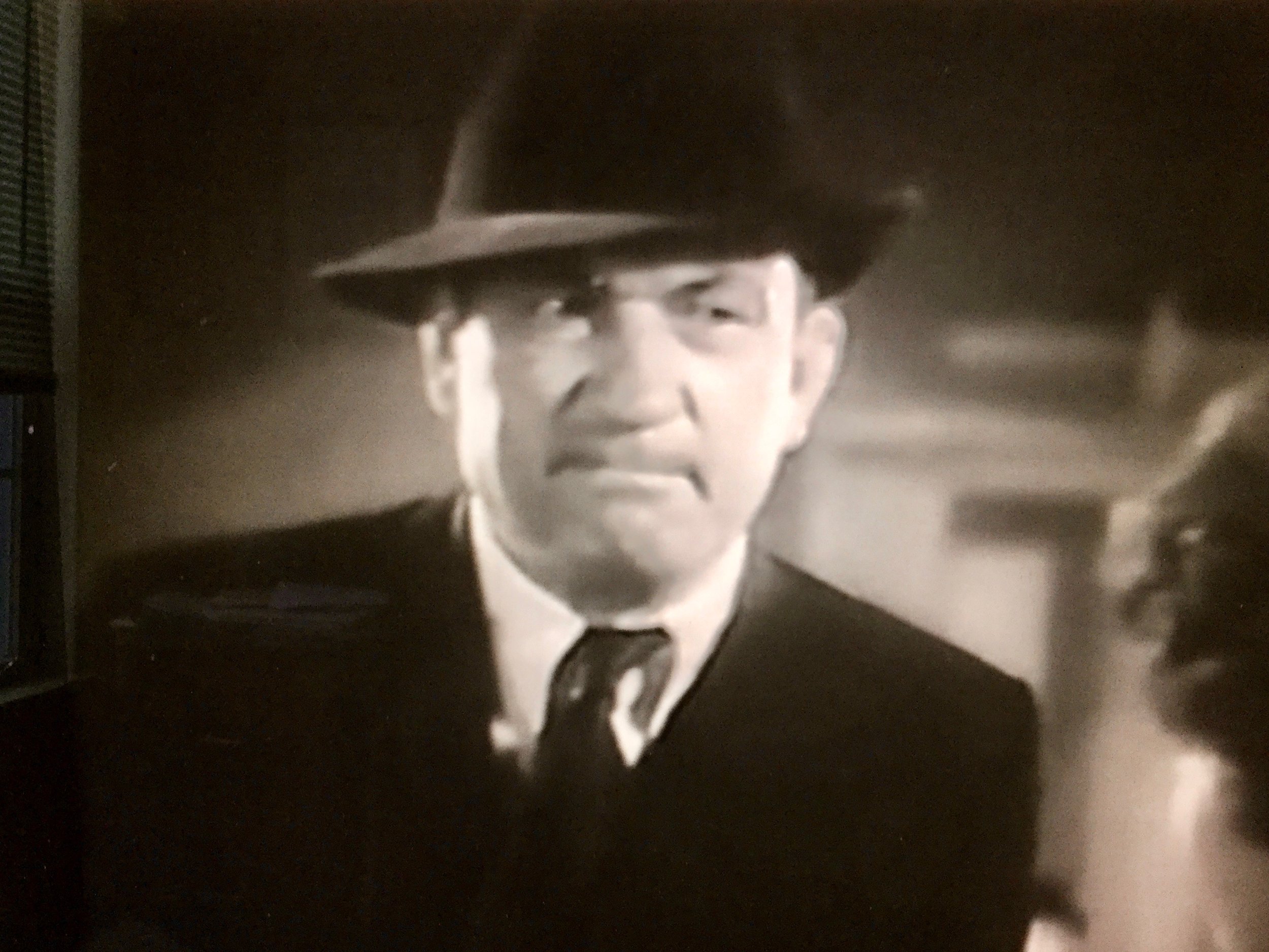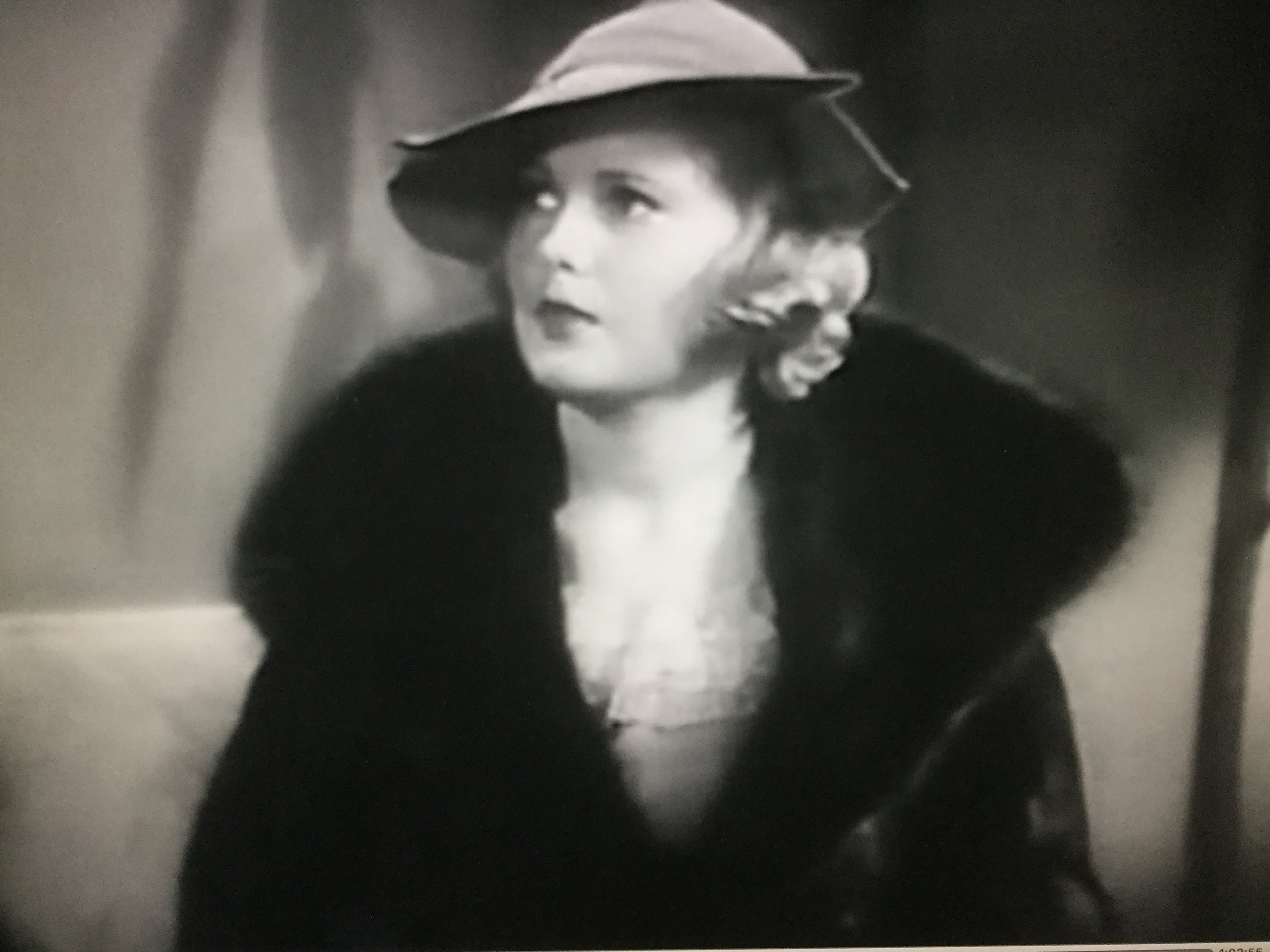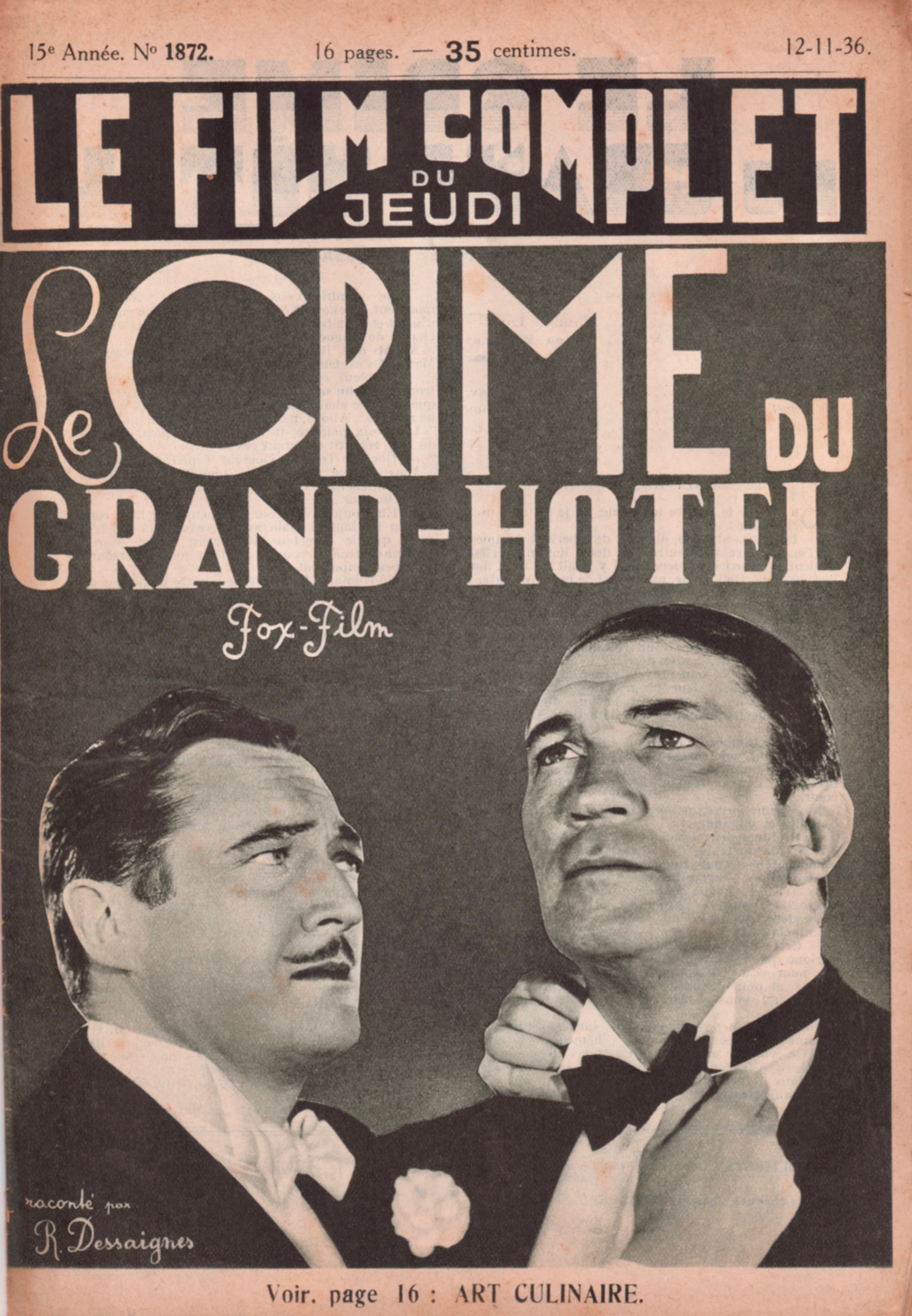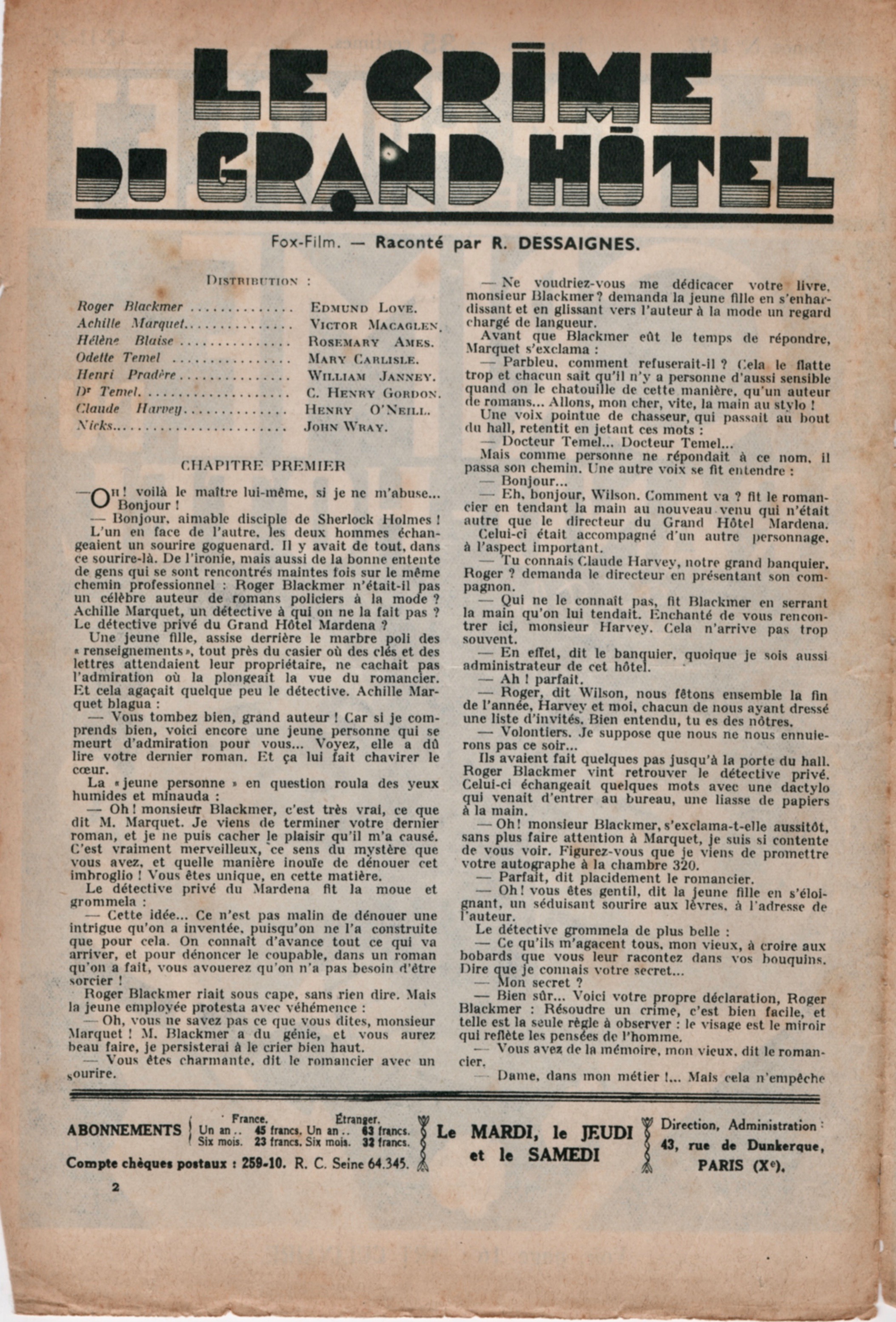Enter Riley Blackwood, Part 3: The Silver Screen
Starrett's novel becomes a movie mystery and everyone's baffled.
From The Press and Sun-Bulletin of Binghamton, NY for Nov. 26, 1934. Those readers who decry today's sloppy news proofreading are directed to the last word in this clip, which is NOT "production."
Act 1: Wherein we introduce our cast
Previously, our loyal readers will recall, we examined the transition of Starrett's novel Recipe for Murder from a one-shot novelette for Redbook (or Red Book, the punctuation varied) Magazine to a novel renamed The Great Hotel Murder which was published in the United States, England and France. We now look at the last score of Starrett's hat-trick, the transition from the printed page to the silver screen.
It all happened amazingly fast.
As you can see from the notice published above, Fox Films purchased the movie rights to the story in November 1934 while the Redbook version was still on the newsstands. The clip also says that production would start in early 1935. Boy howdy, that's right.
Here's another news clip, this one from the Detroit Free Press for Christmas Day, 1934, that announced Edmund Lowe and Victor McLaglen as the male leads in the film version of the story.
The two had become something of a box office duo for Fox Film for nearly a decade, going back to their initial pairing in a 1926 silent film production of the World War I comedy/drama, What Price Glory. In that film Lowe played Captain Flagg and McLaglan was Sergeant Quirt, but more importantly, the film pitted the two as rivals for Delores Del Rio's affection. (There's a nice still from that film at McLaglen's Wikipedia entry. Oh, and the film was remade in 1952 featuring Jimmy Cagney and Dan Dailey.)(And while you're at the Wikipedia page, note that McLaglen later won an Oscar and starred in one of my favorite files, The Quiet Man, with John Wayne.)
What Price Glory set their film personas and there were three sequels, each a hit on its own.
Although they frequently acted without one another, when they were paired together Lowe and McLaglan would play variations on the same tunes, as the silents moved to talkies. Over time, Lowe grew to be the more sophisticated of the two, with McLanglen's pug face (he was both a boxer and a bar brawler) leading him to the brawny side of the competition.
In this outing—their eighth and last together—Lowe would play Riley Blackwood, the sophisticated amateur sleuth, while McLaglen would take on the role of Andy McCabe, the rough and tumble hotel detective. Starrett's original story called the the chief house detective Joseph White, but McCabe fits McLaglen's persona much better. While he and Blackwood banter a bit in the book, that competition was beefed up considerably for the movie version.
Act 2: From sound stage to big screen
With the leads in place and the rest of the cast made up of Fox Film regulars, shooting started on Jan. 3, 1935. By Feb. 28, the movie had its premiere. If that sounds like they moved fast, the film certainly has a hurried up look to it. BTW, the movie is available on DVD (Most of it anyway. I'll explain more later.) and you could certainly buy a copy. To be honest, I wouldn't recommend it. While there are a lot of films from the 30s that I admire, this isn't one.
Before we get to the reviews, here are a few stills from the production.
A few comments from the photos:
- Roger Blackwood's role as a mystery writer is made real by the book, Design for Death, a clerk in the hotel lobby asks him to sign. (What I wouldn't give to have that prop!) There is no mention of this book in Starrett's original, but it's a very nice touch and a quick way to establish his writing credentials.
- On the back of the book's dust jacket, Blackwood is described as a deputy sheriff and a special investigator "attached to the D.A's office, an honorary member of the Finest." That's something made up for the film, but it also helps to explain how he gets away with acting like a police detective. He does sport the little mustache that Starrett describes, but not the glasses.
- Look at the image of Lowe and McLaglen together and you instantly understand their roles and relationship. McLaglen is tough and grouchy, jealous of Lowe's notoriety. Lowe's Blackwell is charming and elegant, not quite Lord Peter Wimsey, but far from the Bertie Wooster with a little more brains that Starrett created.
- Mary Carlisle's portrayal of Elinor Blake (Blaine Oliver in the book) is everything you see in the photo. She's pretty and forgettable all at the same time.
There are a lot of other changes that have taken place from the book to the film. For example, the location has changed from Chicago to San Francisco; and the time of year has changed so the events take place around the hotel's New Year's Eve party. The plot has also been considerably altered, but the main elements remain the same and I think the same person is found guilty of the dirty deed. You see, I'm not sure because the DVD version I have seems to be missing the last few minutes of the film.
Act 3: The critics loved it! The critics hated it!
Publicity for the film played up the competition between Lowe and McLaglen, the same competition that had carried them through seven previous films.
"In a story in which dapper, wisecracking Edmond Lowe is cast as an amateur criminologist and Victor McLaglen as a less than bright hotel detective, it shouldn't be difficult to guess who eventually solves the mystery of "The Great Hotel Murder" at the Astor Theater. Correct. Mr. Lowe, with his customary nonchalance, supplies the answer to the riddle with the greatest of ease—with such ease, in fact that one wonders why it was necessary to prolong the plot for six or seven reels when it could have been cleared up to everyone's satisfaction at the end of the first chapter."
That's how The Brooklyn Daily Eagle started its nonplussed review on Feb. 28, 1935.
It seemed to sum up the general view. Critics liked the two leads, but were less impressed with the story, which deviated from Starrett's complex plot, but only by creating new complexities.
"As a puzzle picture, it rates well and the popular team is capable of keeping interest alive if the plot movement lags a bit here and there," said the generous critic for the Akron Beacon Journal on on March 18.
In the Blue Ridge Mountains, the critic for The News Leader in Staunton, Va., was more generous: "The newest Fox Film comedy-drama, "The Great Hotel Murder" we hasten to vote a corking good film, thrill-packed and chockful (sic) of mirth—a rare combination for a mystery thriller."
There is one critic's view which holds a bit more weight. Looking back on the film a few decades later while writing his memoirs, Starrett himself was perplexed by what he saw on screen.
"I saw a good story presented by a competent cast and most of the figures of the tale were called by names I had invented; but there the resemblance ended. Nobody was more surprised than the author by the revelation of the killer's identity. It was a humbling experience."
The film quickly faded from view. It would pop up on TV in the 1960s and '70s, but I have yet to find someone who believes it deserves more than the oblivion into which it has fallen.
And so our story comes to an end, and and we fade into the sunset we say a… Hullo. What's that? Could it be there is more to tell?
Encore
But wait, there's more!
While researching this post I stumbled across a very rare Starrett association collectible. As you can see, it's a French booklet of 16 pages, published on November 12, 1936, containing the full film script!
The booklet was printed on newsprint and is very fragile. It appears to be one of a series of cheap magazine film scripts that were published every Tuesday, Thursday and Saturday. This appears to be Thursday's issue for the week.
What's interesting to me is that there is dialogue and an image here that's not on the DVD that I purchased. Clearly the version I have is not the complete film — which explains why the ending makes no sense.
Oh well, there's enough here to get a good sense of what's going on. I only wish my French was better. Or existed at all.
So ends the tale of the story that Starrett sold three times: once to a magazine, then to a book publisher and finally to a film studio. It was the only time in his life when this would happen. He earned a little money from it, but would never again come across a triple play.
The illustrated center spread of the French film script.


